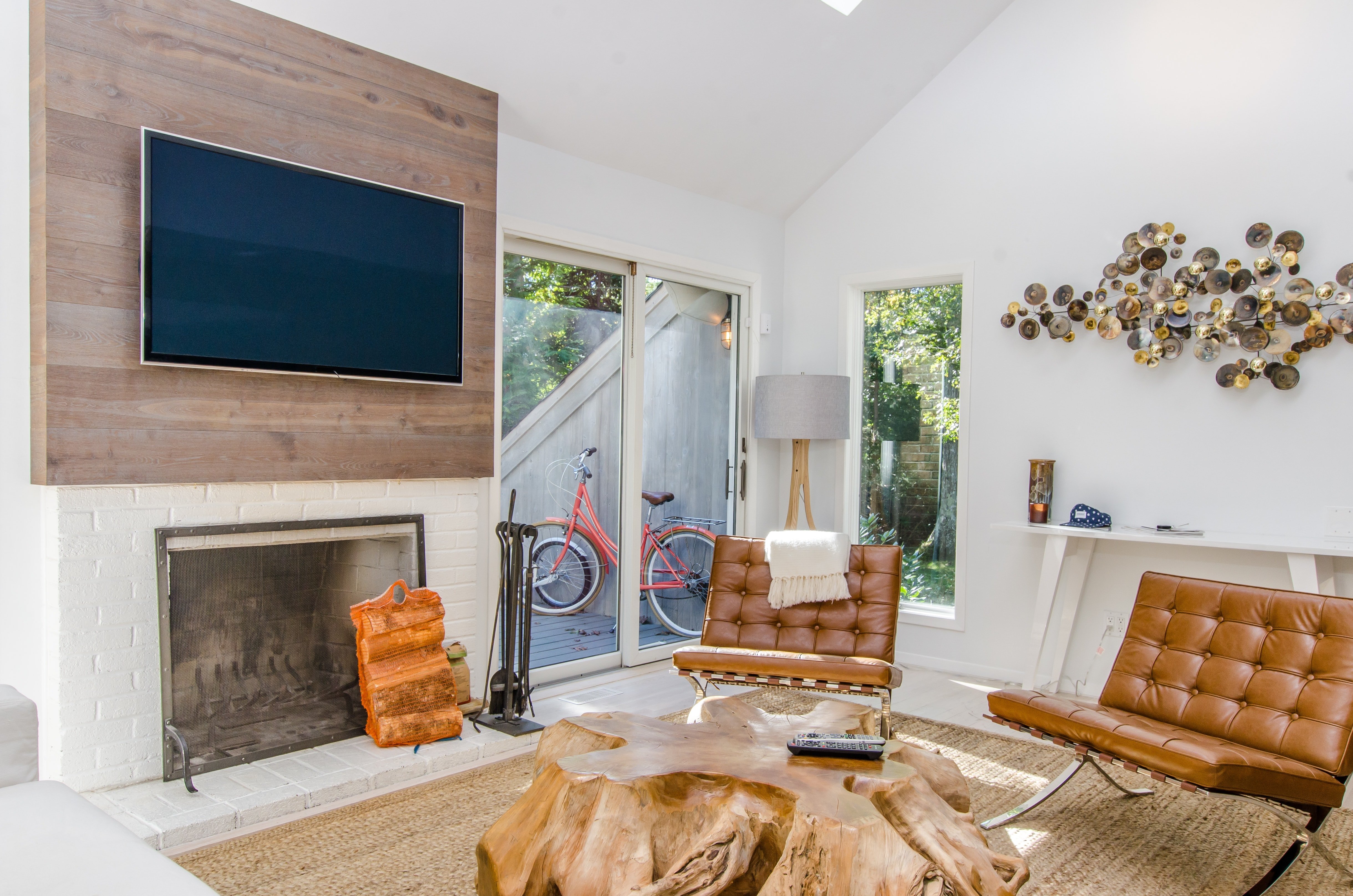What kind of rental property is best for you?
When considering becoming a landlord or looking to add to your portfolio, one of the most important decisions you need to make is what kind of rental property to buy.
Different kinds of properties suit different needs and goals, such as how quickly you want to turn a profit, what tier of rent you want to charge, how much maintenance and management you want to deal with, and many others.
Keep reading to learn the most common kinds of rental properties, their respective pros and cons, and what kind of property is best for you.
Pros and cons of different rental properties
We’ll be looking at the following types of rental properties:
- Single-family homes
- Apartments
- Condominiums
- Townhouses
- Multi-family units
- Laneway houses
Single-Family Homes
Single-family homes are standalone properties designed to accommodate one family or household.
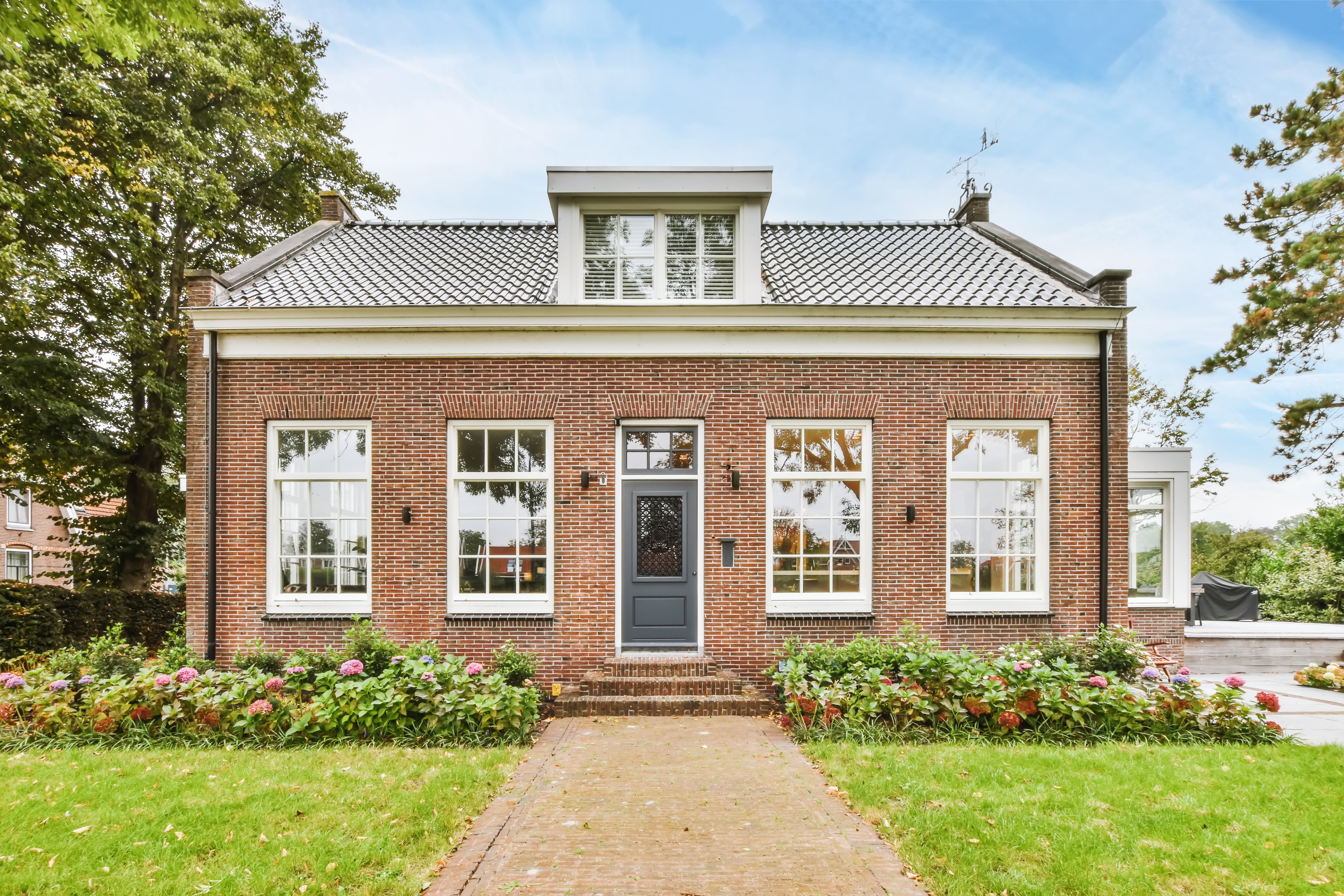
Pros for Landlords:
- Higher Rental Income: More privacy, amenities, and larger size generally allow you to charge higher rent (learn how much rent to charge in Ontario).
- Low Tenant Turnover: Single-family homes attract more families, who prefer long-term leases. This means more stable tenancy, reduced turnover, and less time and money spent on frequent tenant searches.
- Appreciation Potential: Single-family homes tend to appreciate in value over time, giving you the opportunity for capital gains if and when you decide to sell.
Cons for Landlords:
- Higher Maintenance Costs: If you’re the sole owner of a single-family home, you’re responsible for all maintenance. Not only can this be expensive—especially if you have to hire a property manager— but also very time-consuming.
- Vacancy Challenges: If there aren’t a lot of families or other groups of people fit for a single-family home, you may initially experience a longer and harder time finding tenants than for something like a regular apartment.
Apartments
Apartments are self-contained units within a larger building or complex.
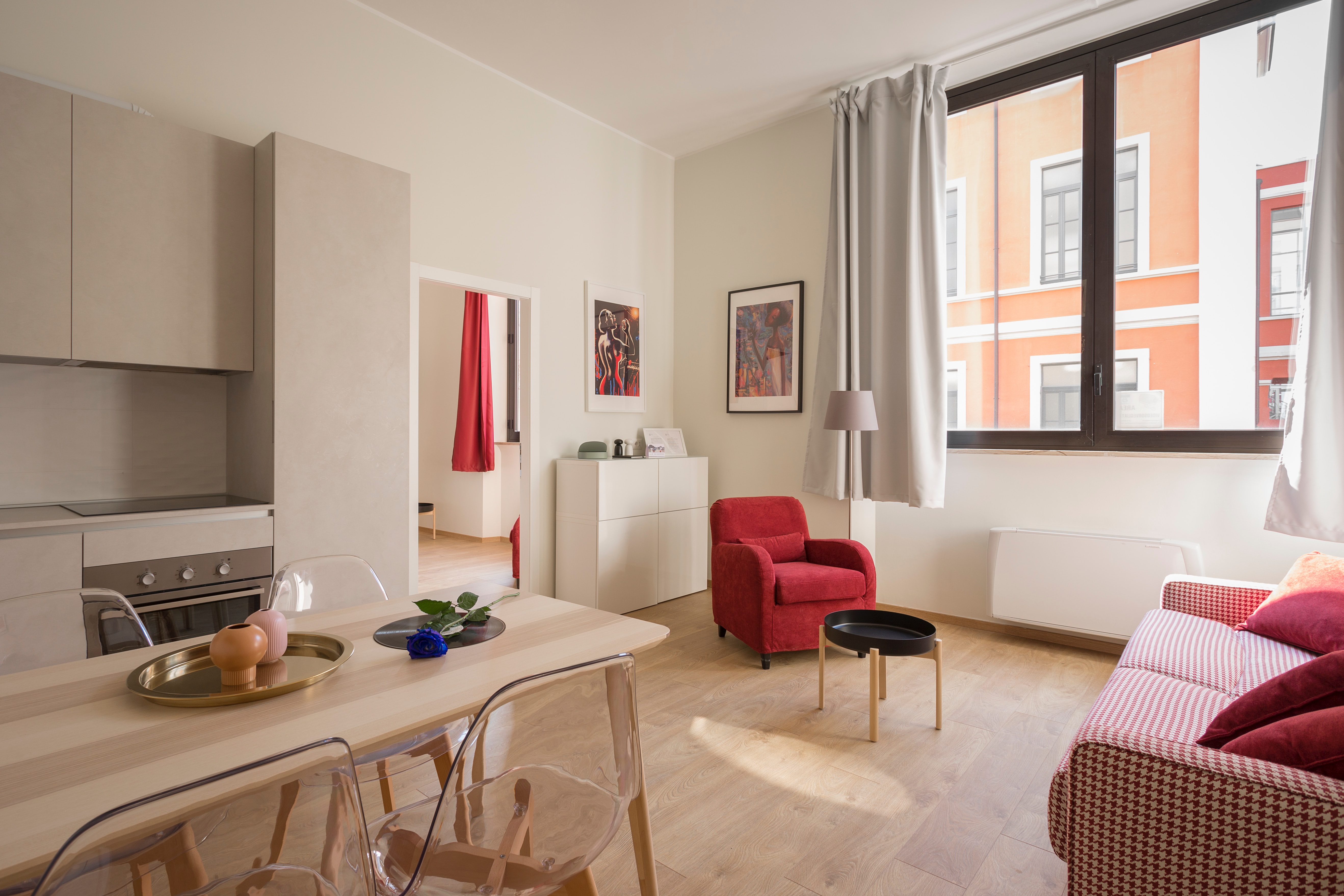
Pros for Landlords:
- Multiple Rental Streams: Apartments are one of the more affordable rental types. For what you would pay for a single-family home, you might be able to afford more than one apartment, which means the chance to earn multiple rental streams every month. Learn more about renting out your basement apartment.
- Lower Maintenance Burden: You’re still responsible for some areas of maintenance in an apartment, but not all of them; the rest are managed by your tenants.
- High Demand: There are almost always people looking for apartments, especially in busy areas. Whether you’re trying to find your first tenant or fill a fresh vacancy, you’ll likely have more of a steady flow of potential tenants with an apartment.
Cons for Landlords:
- More Management Complexity: The more apartments you own, especially across different apartment complexes, the more complex management—and the more important clear communication—becomes.
- Dependent on Market Conditions: There is generally a higher demand for apartments, but still this demand can fluctuate throughout the year. Market conditions play a major role in this, but also things like seasonality. For example, if your apartment is based near a university or somewhere with a lot of seasonal work, you might find demand quickly drops off when work or school finishes for the year.
Condominiums
Condominiums, or condos, are private units within a larger building or community where residents share ownership of common areas.

Pros for Landlords:
- Premium Rental Rates: Condos tend to come with more modern amenities and attractive features, which allows you to charge higher rent.
- Low Exterior Maintenance: Most condo associations handle exterior maintenance, leaving you only to have to handle the inside maintenance of your unit.
Cons for Landlords:
- HOA Regulations: You’re limited in what changes you can make to your property, as everything has to get the green light from your homeowners' association (HOA).
- HOA Fees: Expect to have to pay condo fees, something you don’t have to worry about with other rental property types.
Townhouses
Townhouses are multi-level properties typically sharing walls with neighbouring units.
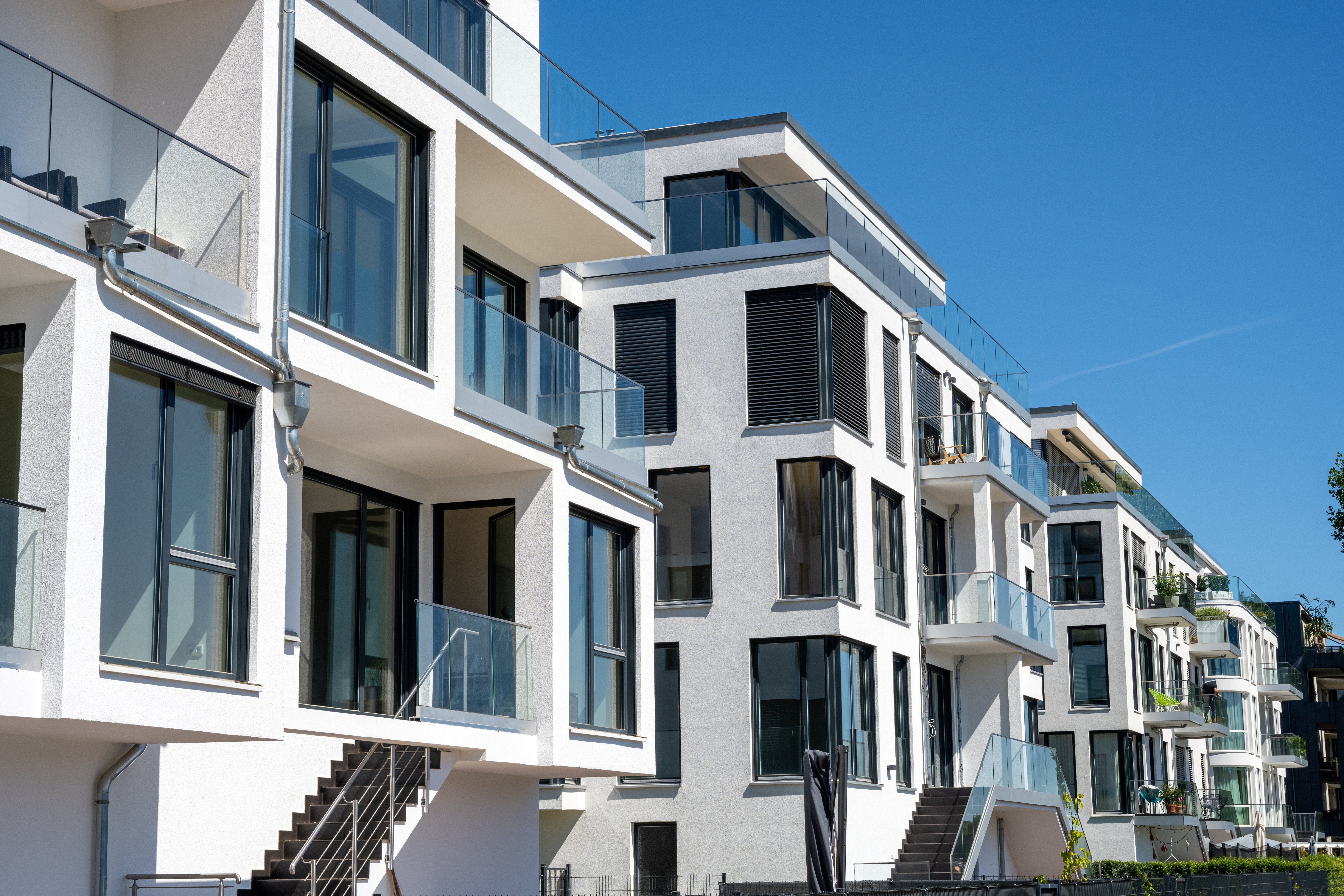
Pros for Landlords:
- Strong Tenant Appeal: Townhouses offer the amenities and benefits of a single-family unit (i.e. neighbourhood feel) with the affordability of an apartment, making them attractive to a wide range of potential tenants.
- Higher Rental Income: Townhomes tend to offer the same amenities you would get in an apartment but with more square footage, which means you can potentially command higher rent.
- Includes Underlying Land: When you buy an apartment or condo, you just get the unit. When you buy a townhome, you also typically get the land on which it’s built, giving you more freedom to do with it what you want.
Cons for Landlords:
- HOA Fees and Regulations: While some are still independent, many townhomes are part of a Homeowners’ Association, meaning you’re on the hook to pay certain fees and adhere to certain rules around the maintenance of your property.
- Shared Noise: The compact nature of townhomes often means that tenants are sharing walls with at least two other tenants. This can not only affect your ability to fill units but also the number of tenant disputes you have to deal with.
Multi-Family Units
Multi-family units are buildings or properties containing several separate rental units, such as duplexes, triplexes, or apartment complexes.
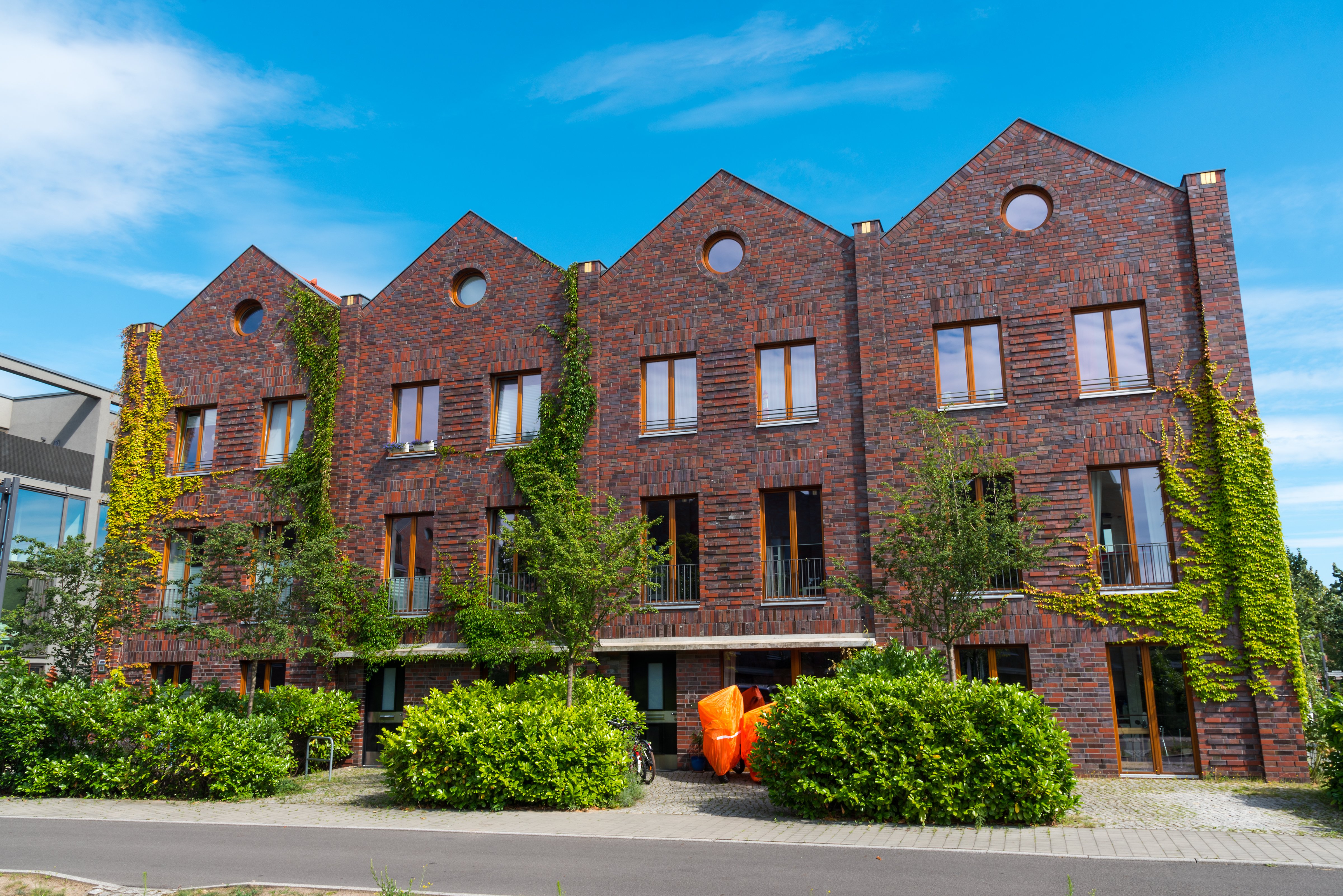
Pros for Landlords:
- More Earning Potential: More units mean more rent every month. Plus, even if one tenant leaves, you have others still paying to offset vacancy costs.
- Economies of Scale: With multiple units in one property, landlords may enjoy cost savings on maintenance, management, and operational expenses.
Cons for Landlords:
- Higher Initial Investment: You’ll generally pay more upfront for a multi-family unit than a single-unit property.
- More Management Demands: With single-unit renting, you just have to worry about tending to the needs of your one tenant. Managing multiple units and handling multiple tenants can be much more demanding.
Laneway Houses
Laneway houses are small, secondary dwellings built on the same property as a primary residence, often in the backyard or along the laneway.
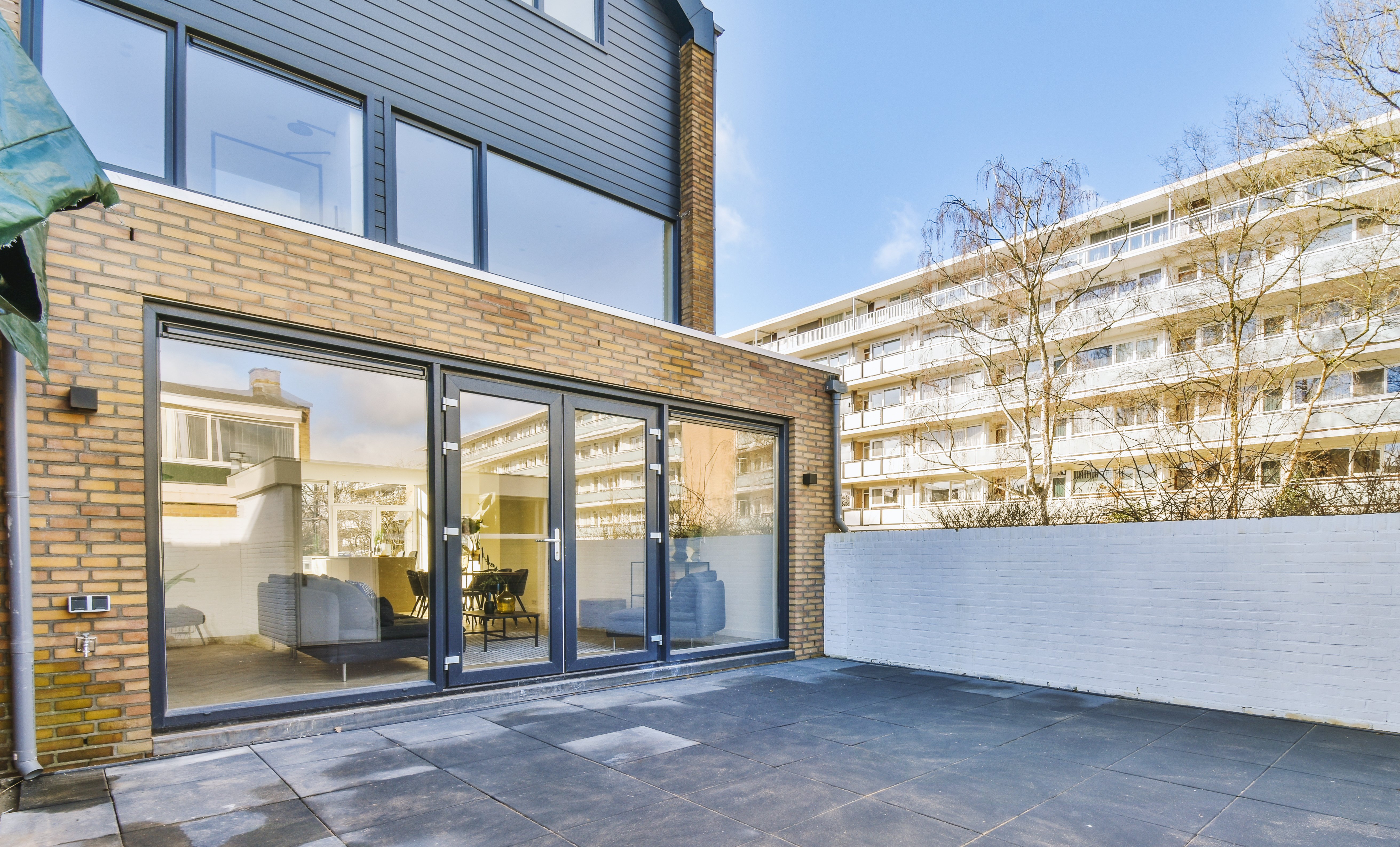
Pros for Landlords:
- Additional Rental Income: You can generate extra rental income without purchasing a separate property.
- Increased Property Value: If you see a future where you sell down the road, laneway houses can add significant value to your property.
- Easy maintenance: Any time there’s a maintenance or management issue, you don’t have to go through the trouble of travelling somewhere; you can just walk there. Learn more about how to properly do a rental inspection.
Cons for Landlords:
- Zoning and Regulatory Challenges: Constructing a laneway house may involve navigating specific zoning regulations and building codes, potentially leading to delays and added costs.
- Limited Tenant Pool: Laneway houses don’t appeal to everyone, as they can feel like living in someone’s backyard. Their smaller size also only makes them suitable for individuals or couples, potentially leading to a smaller tenant pool.
So, what kind of rental property is best for you?
Based on the pros and cons above, here’s who each rental property best suits:
- Single-Family Homes: Ideal for landlords who seek stable, long-term tenants, want higher rental income, and value the potential for property appreciation.
- Apartments: Ideal for landlords who prefer low maintenance responsibilities, seek a steady cash flow from multiple units, and thrive in a dynamic rental market.
- Condominiums: Ideal for landlords who want to charge premium rental rates, share maintenance costs, and are comfortable with HOA regulations.
- Townhouses: Ideal for landlords who seek a diverse tenant base, value community living, and prefer higher rental income without managing large apartment complexes.
- Multi-Family Units: Ideal for landlords who are willing to invest in a larger property, seeking multiple rental income streams, and capable of managing complex tenant interactions.
- Laneway Houses: Ideal for landlords who own a property with sufficient space, want additional rental income, and are willing to navigate zoning regulations.
Within each of these categories, you’ll also want to decide whether you want to buy a vacant or pre-tenanted property.
Market your rental with Rhenti
Hopefully, these pros and cons help you narrow down which property is right for your rental needs.
After this, the next step is getting your property in front of the perfect tenants. Rhenti's powerful and automated lead-to-lease software makes the process of finding and signing the right renters faster and easier than any other way.

